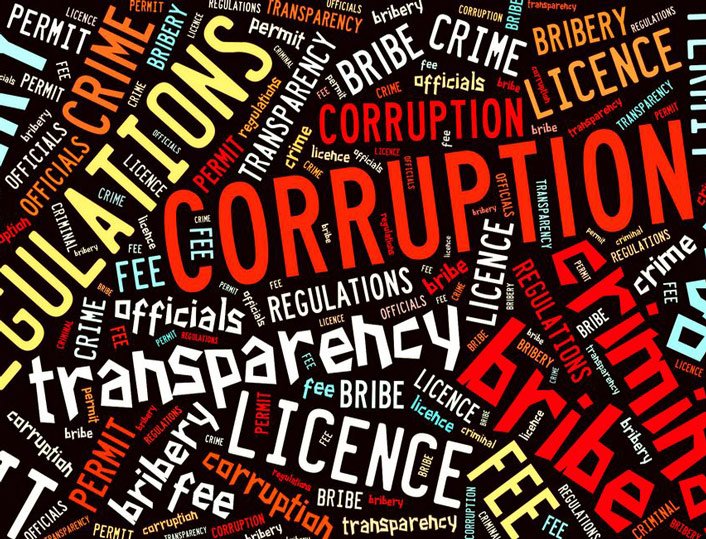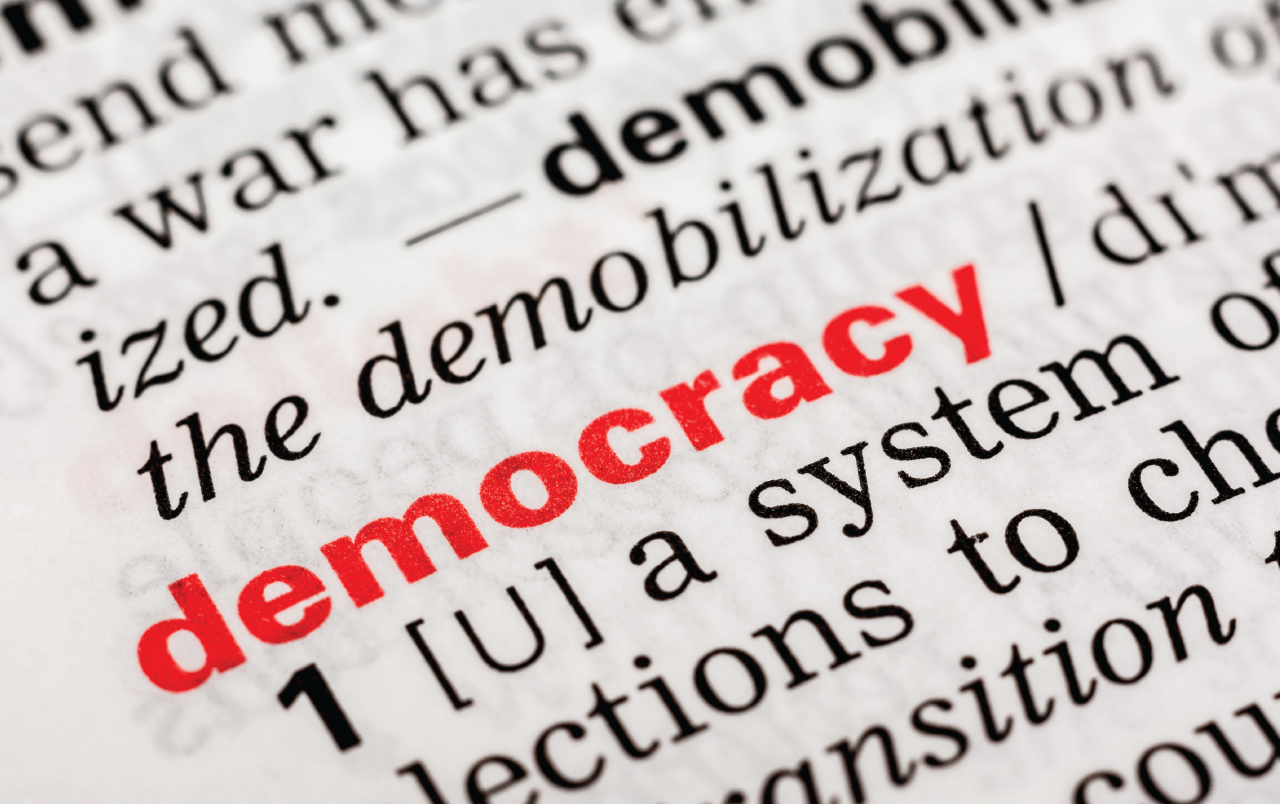Mubashir Nadeem
Political surveys serve as a powerful tool for navigating the turbulent waters of electoral democracy. By reflecting public opinion and highlighting voter concerns, they offer valuable insights for political parties, workers, and voters alike. Let’s delve into how each group can harness the power of surveys to refine their strategies and achieve their goals.
Political Parties:
- Crafting Winning Platforms: Surveys reveal the issues that resonate most with voters, allowing parties to tailor their policies to address specific concerns. Analysing demographic breakdowns can further guide the creation of targeted platforms that speak directly to different voter segments.
- Strategic Campaigning: Understanding voter sentiment towards campaign tactics and preferred communication channels provides crucial information for allocating resources and maximizing campaign effectiveness. Identifying undecided voters through surveys allows for targeted persuasion efforts, potentially swinging a close election.
- Measuring Performance: Tracking public opinion throughout the campaign and even after elections provides valuable feedback on the party’s message and performance. This data can inform course correction and strategizing for future electoral battles.
Political Workers:
- Engaging Voters: Surveys can help identify the most effective ways to engage with voters based on their preferred communication methods and preferred topics of discussion. Armed with this knowledge, campaign workers can tailor their outreach efforts to resonate with individual voters and increase turnout.
- Mobilizing Supporters: Identifying the concerns and motivations of party loyalists allows for targeted appeals and mobilization efforts. Understanding the issues that energize the base can empower workers to organize rallies, volunteer drives, and other activities to maximize voter participation.
- Identifying Undecided Voters: Surveys can pinpoint swing voters and those open to persuasion. Equipped with this information, campaign workers can focus their efforts on directly addressing the concerns of this crucial group and sway their decision in favor of their party.
Voters:
- Holding Politicians Accountable: Surveys can be a powerful tool for voters to gauge the alignment of their own opinions with those of their elected representatives. By holding elected officials accountable for their promises and tracking their performance in line with survey findings, voters can contribute to a more responsive and representative democracy.
- Informing Voting Decisions: Surveys can reveal which issues are most important to other voters and highlight different perspectives on key policy choices. This can help voters make informed decisions on election day, ensuring their votes reflect their own values and concerns.
- Engaging in the Political Process: Surveys can inspire a sense of agency and encourage deeper engagement in the political process. Seeing their own opinions reflected in survey data can empower voters to voice their concerns, advocate for their priorities, and contribute to shaping public policy.
Ultimately, political surveys act as a mirror reflecting the concerns, preferences, and values of the electorate. By learning to read this reflection, political parties, workers, and voters can all contribute to a more informed, responsive, and ultimately vibrant democracy.
Remember, surveys are just one tool in the political toolbox. It’s essential to critically evaluate their methodology, consider potential biases, and combine their insights with other sources of information when making political decisions.
The Republic Policy’s constituency-wise survey of 859 national and provincial assemblies offers a fascinating glimpse into Pakistan’s political landscape ahead of the crucial 2024 elections. While the details and methodology are available on their website, let’s dissect deeper into the essential findings and their potential implications for the major political players.
PTI: Riding the Wave of Popular Opinion (with caveats)
The survey paints a promising picture for PTI, with their popular vote standing strong in Punjab, Khyber Pakhtunkhwa, Karachi, Hyderabad, and even the Pashtun belt of Balochistan. This suggests a broad base of support across diverse regions, fueled by a combination of factors:
- Strategic candidate selection: PTI’s willingness to field candidates at all levels, even “middle-level” players, taps into a wider pool of potential voters who may not identify with traditional electables. This expands their reach and bolsters their vote share.
- Capitalizing on discontent: Public dissatisfaction with the current government and economic woes could be channelling support towards PTI, particularly among those seeking a fresh alternative.
However, PTI must not get complacent. The challenge lies in converting this popular support into concrete electoral victories. To do so, they need to:
- Focus on quality candidates: While fielding candidates across the board is a strategic move, ensuring their competency and credibility is crucial to securing votes and avoiding criticism.
- Solidify alliances: Building strategic partnerships with smaller parties, particularly in areas where their own presence is weaker, can broaden their appeal and secure additional seats.
- Address local concerns: While riding the wave of national sentiment is important, tailoring messaging and addressing specific regional issues will resonate with voters on the ground.
PPP: A Stronghold in Sindh, Seeking Traction Elsewhere
The survey confirms PPP’s dominance in Sindh, with their lead in both popular and traditional votes across all but two districts. This dominance stems from:
- Deep-rooted local presence: PPP’s success in local government elections solidifies their hold on grassroots support and traditional voting blocs in Sindh.
- Familiarity and legacy: The party’s long history and association with influential figures like Zulfiqar Bhutto & Benazir Bhutto create a solid emotional connection with many voters.
However, PPP needs help in replicating this success beyond Sindh. Their reliance on electables in Balochistan and southern Punjab, coupled with lower popularity as a national party, makes them vulnerable to regional dynamics and the performance of individual candidates. To broaden their appeal, PPP needs to:
- Strengthen national identity: While leveraging their regional stronghold is effective, building a stronger national platform and addressing concerns beyond Sindh can attract a wider voter base.
- Forge strategic alliances: Partnering with like-minded parties in key regions, particularly where electables hold sway, can boost their presence and challenge dominant rivals.
- Develop a compelling national narrative: Beyond electables, PPP needs to articulate a clear vision for Pakistan that resonates with voters across the country.
PML-N: The Need for a Multi-pronged Approach
The survey highlights PML-N’s current position behind PTI and PPP in terms of popular vote. However, their strong base of electables and traditional votes offers a solid foundation for a comeback. To achieve electoral success, PML-N must:
- Revamp their electoral campaign: A well-crafted campaign that effectively communicates their strengths and vision is crucial to mobilize their existing support base and attract new voters.
- Capitalize on experience: Leveraging their experience in governance and established network of electables can provide strategic advantages, particularly in close races.
- Rejuvenate their image: Addressing public perceptions of past shortcomings and presenting a renewed narrative for the future can help them regain lost ground.
Other Parties: Niche Roles and Regional Influences
The survey paints a picture of smaller parties playing niche roles in specific regions:
- TLP: Their influence in Punjab and Karachi highlights the potential for religious identity-based politics, particularly among Brelvis and conservative segments of the population.
- Jamaat-e-Islami: Their limited national presence suggests a focus on specific constituencies where their ideology resonates with voters.
- Jamaat-e-Ulema-e-Islam-F: Their influence in South KPK and the Pashtun belt of Baluchistan demonstrates the importance of regional dynamics and ethnic identities in certain areas.
- ANP: Their diminishing role in nationalist areas points to changing political landscapes and the emergence of new players within nationalist movements.
- MQM: Their struggles without Altaf Hussain underscore the importance of strong leadership and internal cohesion for smaller parties to navigate electoral challenges.
While these parties may not play a leading role nationally, their regional influence and specific appeal can impact local dynamics and potentially swing crucial seats in close races.
Please, subscribe to the YouTube channel of republicpolicy.com













